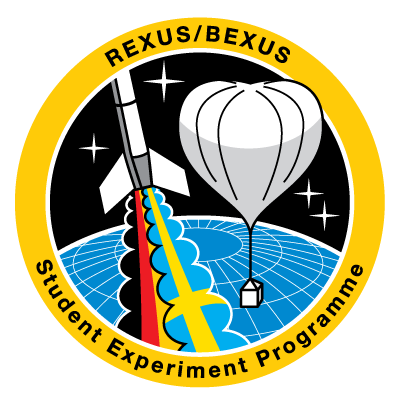If your proposal is selected to fly on REXUS or BEXUS, you will be guided through several stages.
Throughout the project, you will keep a record of all information related to your experiment in a document called the ‘Student Experiment Documentation (SED)’. This document must be submitted to the organisers 5 times during the project – it acts as both a review document and a report.
Student Experiment Documentation Guidelines v6-4 14Oct24
Stage 1 – Preliminary Design
During this phase the experiment objectives will be fixed and a complete preliminary design will be produced. The experiment requirements should be defined in detail, along with a preliminary project and test plan. Stage 1 culminates in the Preliminary Design Review (PDR), which is held during the Student Training Week. Prior to the PDR, Version 1 of the SED should be submitted. This document will be used to assess the experiment design, and will form the basis of the review.
Stage 2 – Critical Design
By this stage the experiment design will have reached a high level of maturity. The experiment requirements should be fixed, and a detailed verification and test plan will have been drafted, along with a well thought out flight plan. Any recommendations or action items identified at PDR will have been addressed and documented. Stage 2 ends with the Critical Design Review (CDR). Again shortly before the CDR, Version 2 of the SED should be submitted for review. Upon successful completion of the CDR the experiment design will be frozen so that it can be manufactured and verified.
Stage 3 – Experiment Building and Testing
Six weeks after the CDR, Version 3 of the SED – containing a final experiment design, project plan and flight plan – should be submitted again prior to an Integration Progress Review (IPR). Following the submission, experts will visit each experiment team to ensure that integration is progressing smoothly, and that any major issues identified at CDR have been closed out. The manufactured experiment and/or individual subsystems should be tested thoroughly at this stage.
Stage 4 – Final Experiment Preparations
Shortly before the launch campaign, you will undergo an Experiment Acceptance Review (EAR) to ensure that the experiment is flight ready. Version 4 of the SED must be submitted with the results of this review before the experiment is integrated onto the rocket or balloon platforms. This document will contain all necessary information required by EuroLaunch for campaign operations. It should incorporate a complete description of the experiment design, as-built, along with the results of the test campaign, and detailed pre and post-flight procedures.
Stage 5 – Data Analysis and Reporting
The fifth and last version of the SED will be submitted after completion of the launch campaign, as a final report. It will represent a complete account of the whole project, and will include all as-built design documentation. The post-flight analysis and results will also be included, along with a summary of all Lessons Learned. The completion of this final report will be required for all members to receive certification of participation in the REXUS/BEXUS programme.







